In the previous post about the Project Production Management in VDC, we went through the basics of PPM. We learned that projects are production systems and should be managed using the concepts of operations management. A simple workflow was presented, as an introduction to the topic. However, in real life, each design and work activity varies and is affected by many things: capacity, necessary information or resources to start the work, weather, deliveries, transport time, and so on. In short: there is a lot of variability.
In order to plan and manage the work, we need to understand the key factors affecting the production system, like variability. We will look at this concept in the this article.
This post is a continuation of the series EVERYTHING ABOUT VDC.
Table of contents
1. What is variability in construction?
First, let’s have a quick look at this short definition:
Variability – lack of consistency or fixed pattern; liability to vary or change.
Example: “a great deal of variability in quality“
Side note: Variability is NOT the same as variation (sometimes referred to as a change). Variation is an alteration to the scope of work originally specified in the contract, whether by way of an addition, omission, or substitution to the works, or through a change to the manner in which the works are to be carried out. Source of the definition.
To familiarize ourselves with the concept of variability, we can start with the following statement: we deal with variability every day, not only at work but also in our private lives.
Let’s look at one example.
You want to go to the cinema to watch a movie. It starts at 18:00 in a movie theater in the city center. You leave the house at 17:00 and assume that the journey will take you 30 minutes with a bus and 10 minutes walking – in total 40 minutes. You have 20 minutes time buffer until the movie starts. What can happen? The bus, which you planned to take, comes late 5 minutes. There is a lot of traffic and it takes extra 10 minutes to arrive. Then there is a queue in front of the ticket office in the movie theater. You face the reality: you came too late and missed the movie. What happened in this example? There was some variability and your time buffer was too low to take into account. We can identify the following variability:
- Arrival time of the bus at your bus stop
- Travel time to the city center
- Number of people waiting to buy a ticket in the movie theatre
In order to arrive on time and see the movie, you need to plan your trip in a better way, taking into account the abovementioned points. In other words, you should reduce the variability. How can you do this? For example, you can check Google Maps and plan to take a 15 minutes earlier bus. You can also ssume that the total travel time by bus will be 60 minutes, assuming bigger traffic, not 30 minutes. In this case, you increase the time buffer – from 20 minutes to 40 minutes + 15 minutes for the earlier bus. You think that it will be fine even if there is a queue in front of the ticket office. So you reduced the variability, however, it still can occur.
You can also take another approach: if possible, eliminate the causes of the variability. That could mean ordering and taking a taxi to the movie theater and ordering tickets online. This would again result in just one thing that could go wrong – travel time to the city center. It sounds like a good idea, however, you would need to pay extra for the taxi.
To finish the example, let’s point out one more thing:
Variability can be beneficial or detrimental to the outcomes. Because the bus can come on time, with no traffic jam it arrives earlier and you end up being at the destination faster than first assumed.
Now, this is just a simple example to understand the concept of variability. As we know, construction projects are much more complicated, with a lot of different stakeholders.
In the previous article, we made a statement, that projects are production systems. However, we need to accept, that there are some differences between construction and manufacturing. The main ones, according to Vrijhoel and Koskela (2005) are the three interrelated peculiarities:
- Site construction
- One-of-kind production
- Temporary organization
Complexity and project-oriented management make construction a special type of production system – project production system.
The consequence of these particularities is high variability in the construction process.
In contrast, process stability is a prerequisite and key aspect of lean production system in manufacturing. (Based on paper: Managing variability in house production).
2. Sources of variability in a construction project
As described in this article: Managing variability in house production:
‘A construction system comprises five interlinked elements: input, conversion process, output, controllable conditions and uncontrollable conditions, as shown in Figure 1 (Salim and Bernold 1995). This aggregate construction model provides a framework to explore the causes of variability. In house production, input resources are converted to output products through certain construction technologies. Changing conditions may affect both the conversion process and input resources, while the changes in construction technology and resource availability also have a significant impact on controllable conditions, such as scheduling and supply chain management. Therefore, any elements in the system can be source of variation, and a small variation may be magnified through ripple-through effect. ‘
It is worth mentioning here, that there are some controllable conditions, which means things, that we can decide to do and control in a bigger or smaller way – like proper planning and scheduling, quality control, how we work with safety and so on. By taking control over those conditions, we can significantly reduce the causes of variability. At the same time, there are also uncontrollable conditions – for example, weather, ground conditions, economical situation. Those we cannot affect directly – but we can use buffers in order to reduce its impact.
Examples of sources of variability in construction projects:
- Rework
- Re-sequencing
- New technology
- Material defects
- New techniques
- Material delays
- Equipment failures
- Longer completion times
- Weather delays
- Ground conditions
- Government regulation
- Economic situation
3. How to reduce variability?
In his great doctoral thesis, L. Koskela, An exploration towards a production theory and its application to construction, the author summarized in a good way the impacts of variability and why reducing it is so important:
‘Schonberger (1986) states strongly: “Variability is the universal enemy.”
The practical approach to decreasing variability then consists of finding and eliminating its root causes. Thus, attention has been focused on maintenance for minimizing outages, set-up time reduction, and improved quality for reduction of rework.
If it is not possible to reduce variability, one or more of the following have to be accepted: long lead times and high WIP levels, wasted capacity, lost output.
(…) variability early in the line is more disruptive than variability late in the line. Thus, reduction of variability within flow processes must be considered as an intrinsic goal.’
On construction projects, variability impacts:
- Capacity
- Inventory
- Time
How to mitigate this impact? We can do it by using buffers:
- Capacity – equipment, people, space
- Inventory – material, work in progress (WIP), work completed
- Time – lead time
The buffering approach depends on the overall production strategy. It needs to be decided, if for example it is favorable to use more people and machines (capacity) and have higher work in progress and order more materials to work faster, but pay for it more, or if the time is not critical and we can execute the works with less resources.
We need to remember that we cannot reduce one buffer without one or both of the others increasing – unless variability is reduced. So if we want to deliver a project as fast as possible (time goes down), then capacity and inventory will increase. And if money is a priority, both capacity and inventory will go down, but the time will increase.
4. Summary of variability in construction and VDC
Variability will occur in our projects, if we want it or not. But by planning and improving processes in the project, we can reduce variability and need for buffers. In this article we explained what variability is, its sources on a construction project and introduced buffering principles. The topic of project producion management is huge, but do not worry – we will go through the most important concepts step by step, using simple and real-life examples!
This post is a continuation of the series EVERYTHING ABOUT VDC.
We have also some questions to YOU! Do you have any experiences with using the VDC methodology? Have you used PPM yourself? What are your experiences with it? Please share with us your experience below the article!

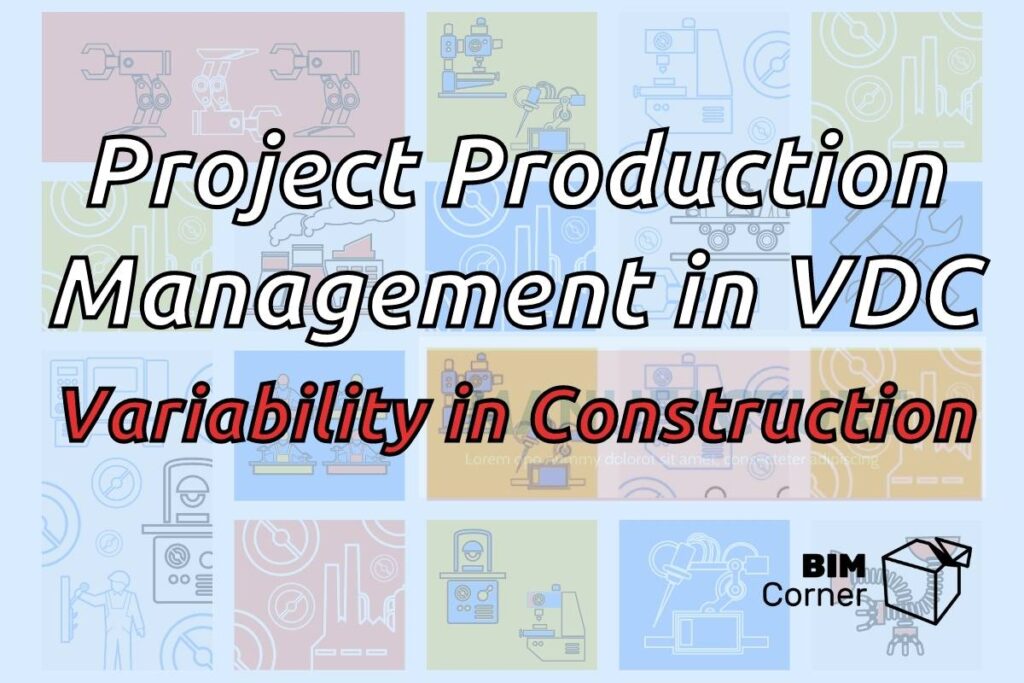
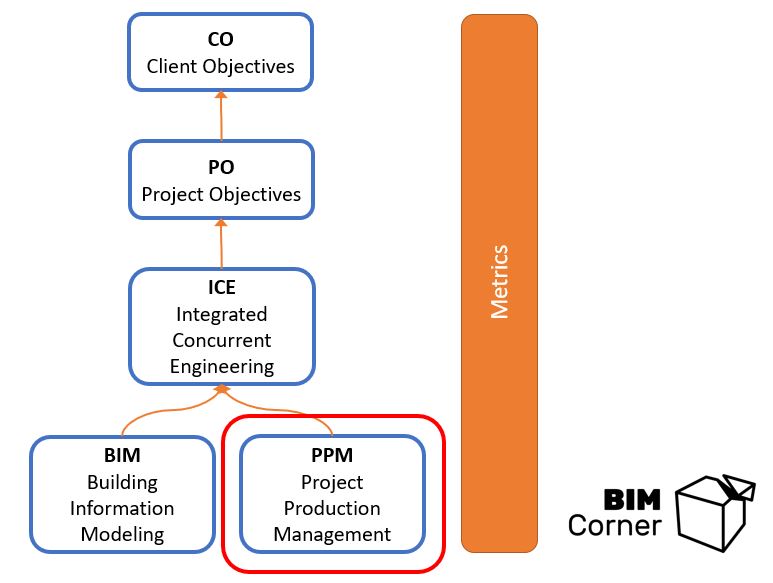
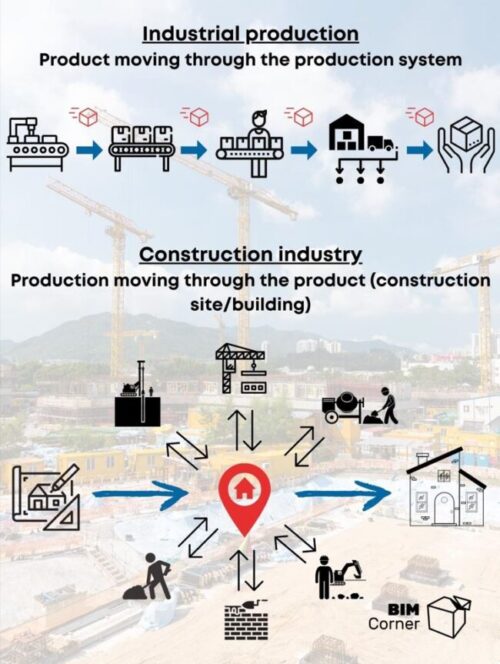
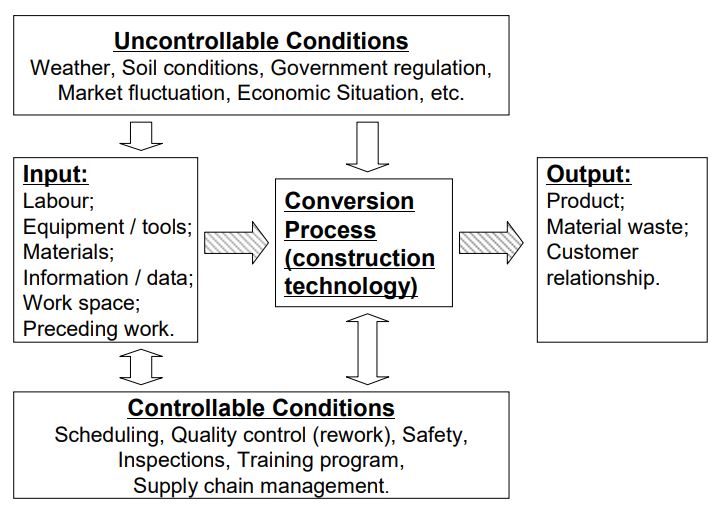
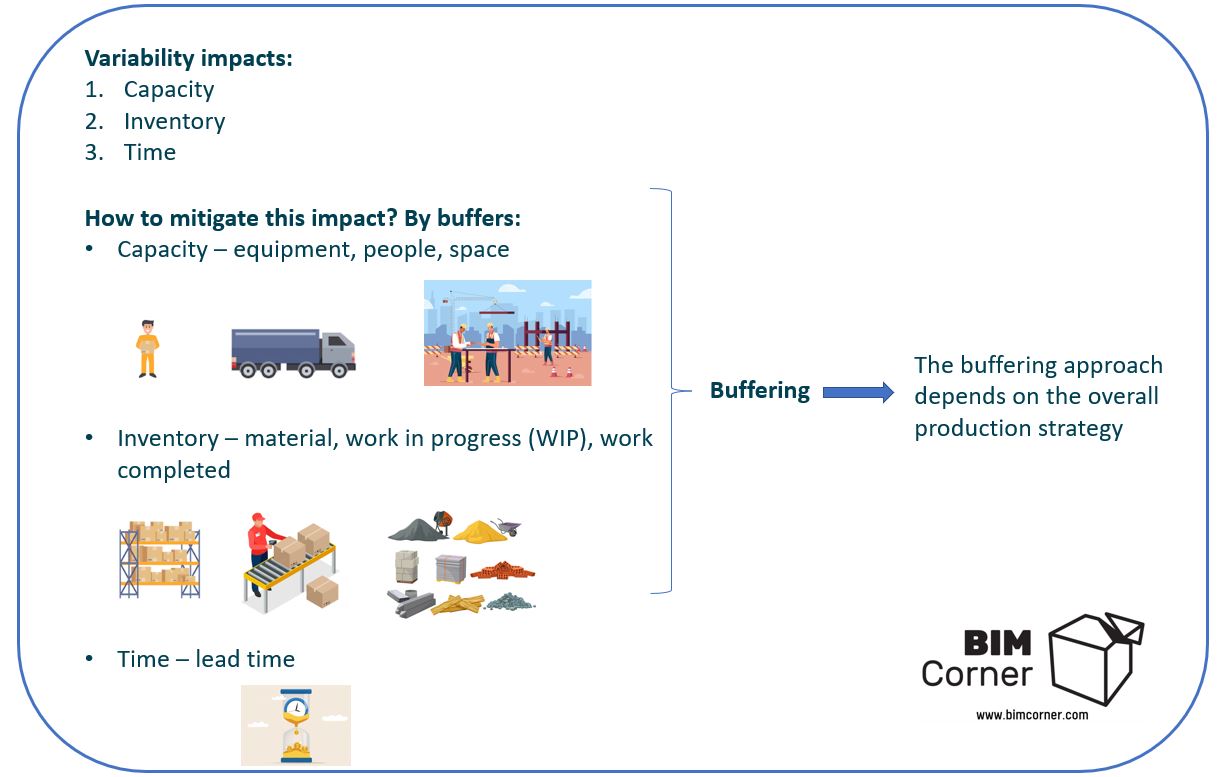







I am interested to know how its related to BIM.